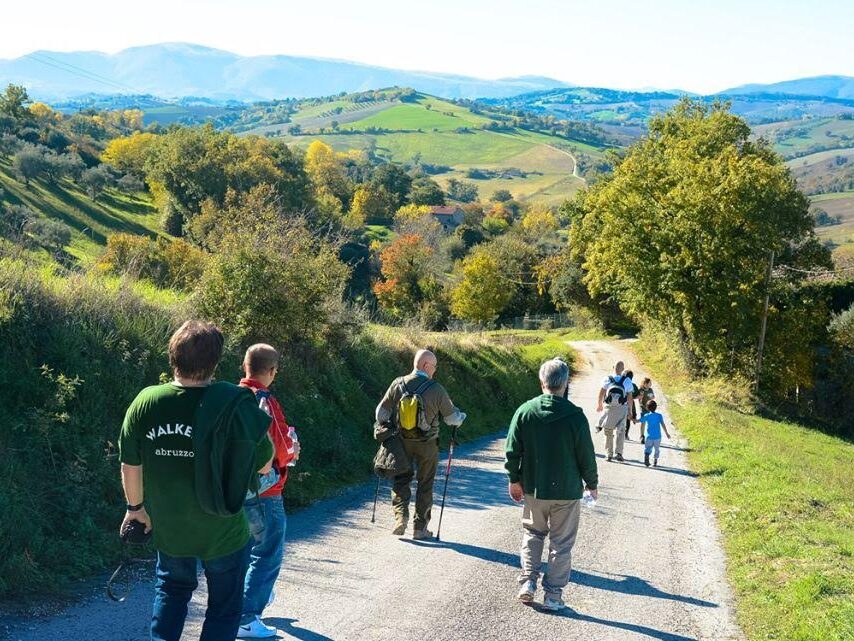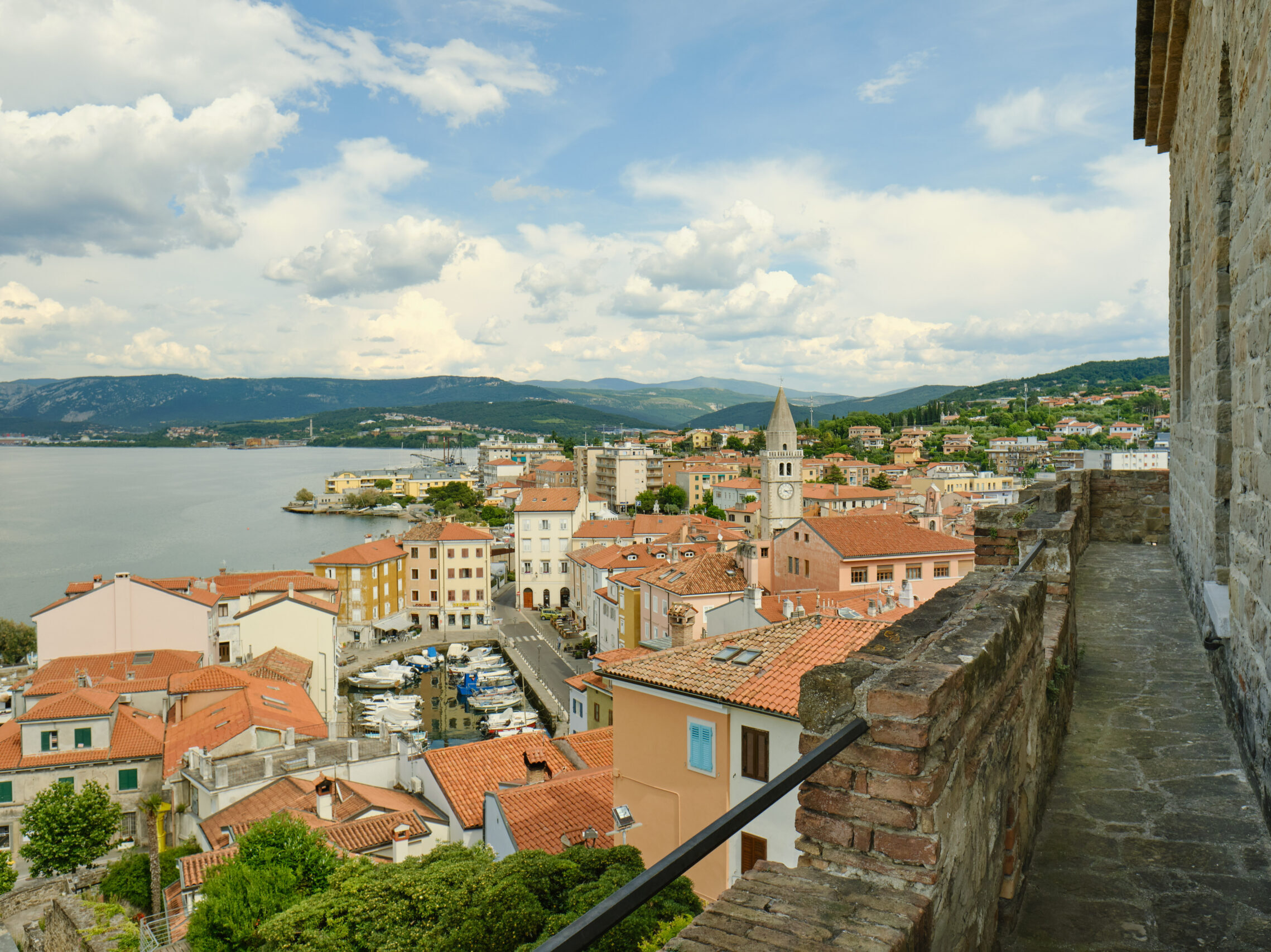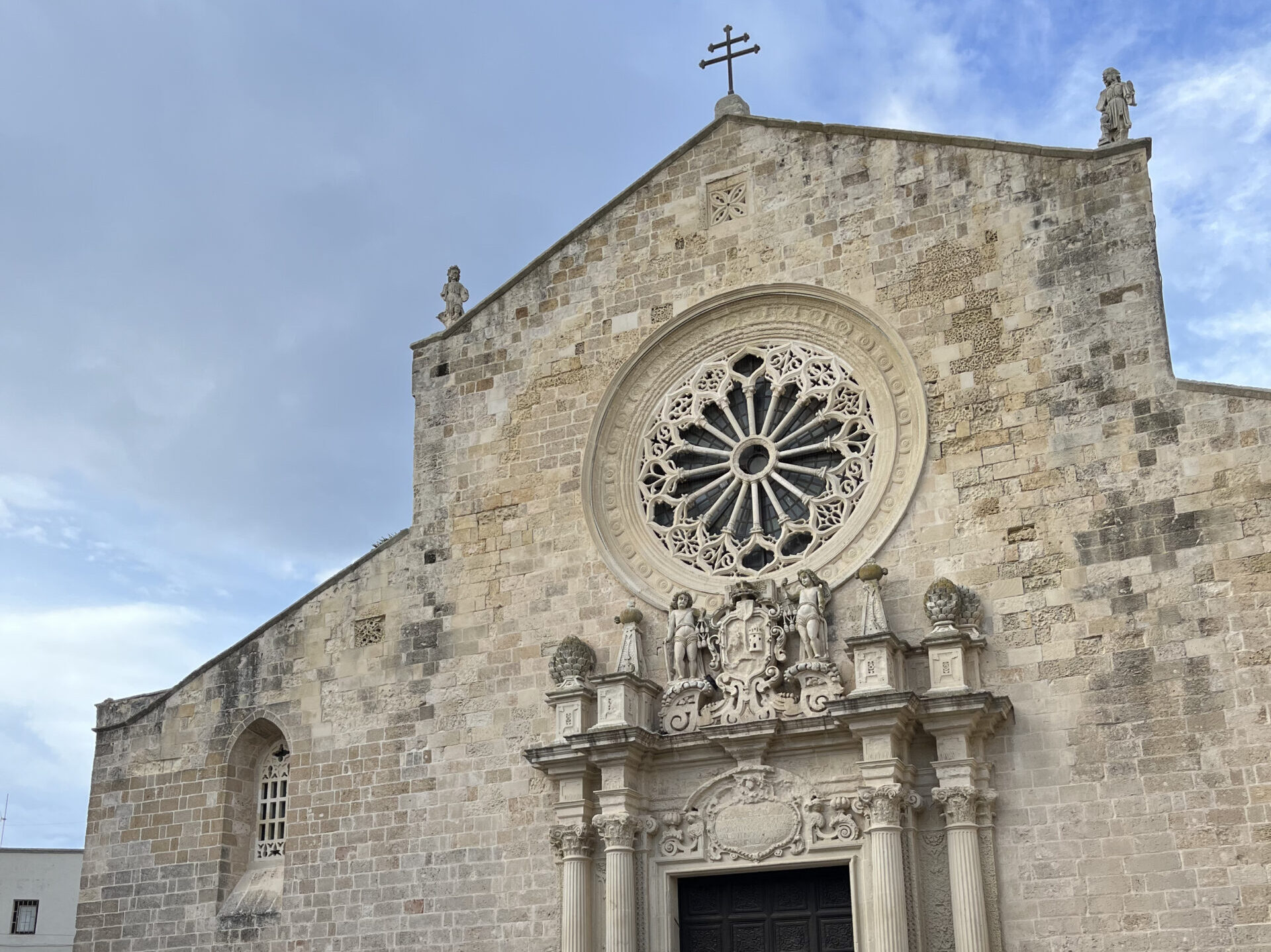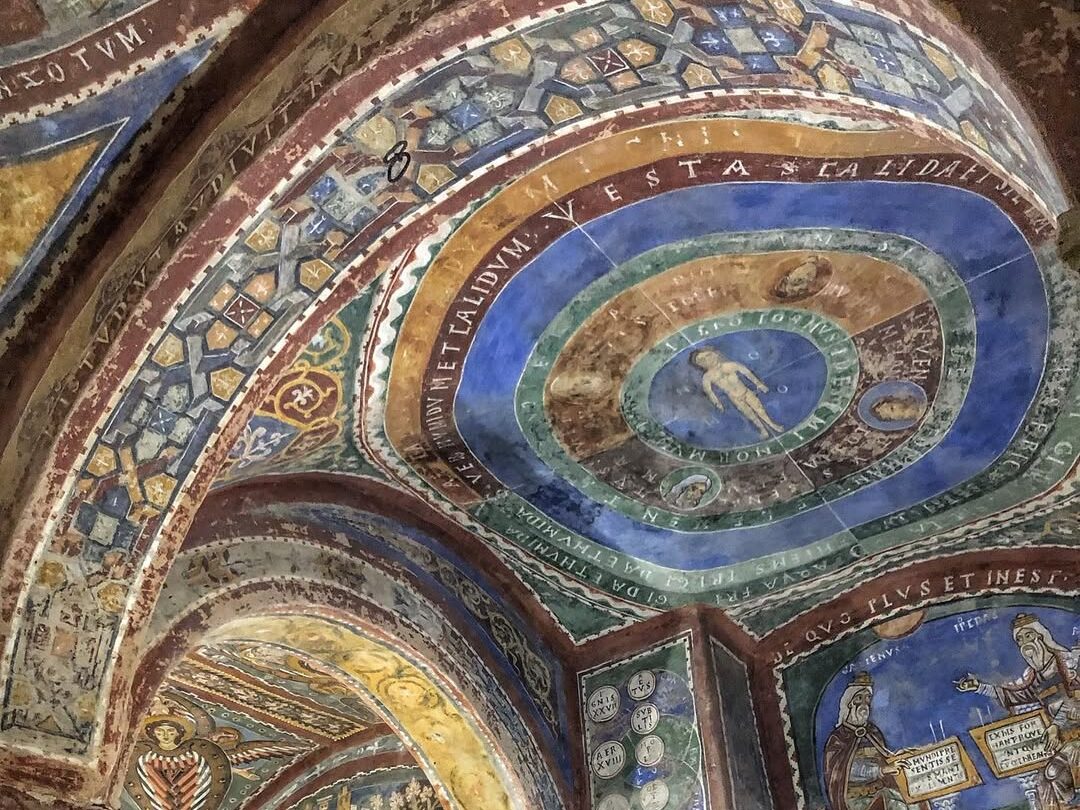A government-backed initiative enhances the pilgrimage routes of St. Francis, St. Benedict, and the Via Lauretana, offering a unique experience that blends faith, nature, and culture.
A journey through faith, nature, and culture — this is the essence of the experience offered by the religious routes that cross the heart of Italy. Thanks to a government-funded project promoting slow and accessible tourism, these routes are experiencing renewed momentum, with infrastructure upgrades and nationwide promotion that highlight their historical and spiritual value.
Umbria, the leading region of this initiative, is a natural crossroads for three major pilgrimage routes: the Way of St. Francis, the Way of St. Benedict, and the Via Lauretana. Umbria’s Economic Development Agency promotes local identity and provides detailed information about the routes, transport services, pilgrim credentials, and accommodation facilities. The system connects five regions — Emilia-Romagna, Lazio, Tuscany, Marche, and Umbria — creating a network of trails that combine spirituality with breathtaking landscapes.
The routes and their destinations
Way of St. Francis: Starting from Florence, Rimini, or Rome, pilgrims can reach the Sanctuary of La Verna and continue toward Assisi. This year, the path holds even deeper meaning, marking the 800th anniversary of the stigmata of St. Francis. In 2025, celebrations will honor the Canticle of the Creatures, and in 2026, the 800th anniversary of the saint’s death will be commemorated.
Via Lauretana: This route leads to Loreto, home to the Pontifical Sanctuary of the Holy House. It begins in Siena and passes through Cortona and Lake Trasimeno before reaching Perugia, Foligno, and the Colfiorito Highlands. An ancient path, it is now accessible even to travelers with disabilities.
Way of St. Benedict: An immersion in the natural beauty of the Valnerina and the Sibillini Mountains, this route includes symbolic places such as Cascia, the Sacred Valley of Rieti, and the Sacred Cave (Sacro Speco) of Subiaco, ending at the historic abbeys of Casamari and Trisulti.
A growing phenomenon
According to the latest survey by Terre di Mezzo, over 100,000 pilgrim credentials were issued in 2023 to those walking Italy’s religious routes — a 25% increase from the previous year. With the support of this project, that number is expected to rise even further, confirming the growing appeal of a kind of tourism that blends introspection, discovery, and cultural appreciation.
Whether motivated by spirituality, culture, or the desire for an authentic experience, these pilgrimage routes offer a unique opportunity to dive into Italy’s rich history and natural beauty. The journey awaits — all that’s left is to take the first step.




